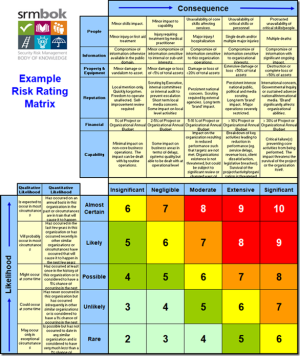Originally posted on March 17, 2022 @ 6:19 PM
How Not to View Mental Health and Safety
 The latest animated promo from Worksafe Victoria is yet another classic fail when it comes to understanding and tackling mental health. Why is it that Safety continues to go to dumb animations and semiotics that convey the opposite message for what is needed? Goodness knows how much money is wasted on this rubbish. Whenever Safety doesn’t know what to do it goes to meerkats, mums for safety, pickles, dumb ways to dumb, broken eggs, fluffy dolls, hazardman and sexy sophie for answers (https://safetyrisk.net/meerkat-safety-can-it-get-more-dumb/ ). Can someone please explain to me with evidence showing how Safety is an industry of intelligence?
The latest animated promo from Worksafe Victoria is yet another classic fail when it comes to understanding and tackling mental health. Why is it that Safety continues to go to dumb animations and semiotics that convey the opposite message for what is needed? Goodness knows how much money is wasted on this rubbish. Whenever Safety doesn’t know what to do it goes to meerkats, mums for safety, pickles, dumb ways to dumb, broken eggs, fluffy dolls, hazardman and sexy sophie for answers (https://safetyrisk.net/meerkat-safety-can-it-get-more-dumb/ ). Can someone please explain to me with evidence showing how Safety is an industry of intelligence?
So how does Worksafe Victoria present the challenges of mental health at work? Just check out the latest video in dumb. How much of this stuff do you have to watch before you work out that safety is NOT a profession?
With brain on legs with geek glasses ‘ensuring the right measures are in place’. Yep, that‘s where you start when it comes to dumb down safety, measures.
Of course, mental health is NOT a brain problem not is a challenge in cognition or has anything to do with what can be measured. Only Engineering would think that mental health is a measurement problem. Indeed, it’s the worldview of engineering that most often creates the mental health issues in the first place.
Mental health is a challenge holistically. Mental health is not a brain problem but rather a social problem. Goodness me, do some research. Unless mental health is tackled holistically it is doomed to fail.
Of course, what does the animation show this little brain what are the critical contributors to poor mental health. You guessed it, social psychological arrangements are the principle factors that generate poor mental health outcomes. So, the logic is that mental health is a brain issue and then little brain-man is shown what social factors create mental health issues. Now that’s clever.
From this foundation, the suggestion of the animation is to get a workwell toolkit.
So, what is the workwell toolkit about?
‘Understanding the signs of a mentally healthy workplace is tricky – especially when you can’t see them. That’s why we’ve created the WorkWell Toolkit, to help you control hazards that you can’t see and help you on your way to creating a mentally healthy workplace and fulfilling your responsibilities as an employers.’
Hmmm, hazards that you cannot see. Would that have anything to do with the human unconscious that Safety never wants to talk about? Yes! But mental health is not about hazards and such language demonises the discussion about mental health. Only Safety could think that the language of ‘hazards’ should be used when speaking about this issue.
By this stage of my investigation into this promo I’m already convinced that Worksafe Victoria don’t have a clue about mental health.
I would suggest accessing the intelligence and professionalism of Lifeline (https://www.lifeline.org.au/ ) if you want to be professional in understanding mental health. You can also find some sound research on this blog (https://safetyrisk.net/?s=Mental+health ).



Clive says
Great points, mental health in the workplace is often overlooked but is an important as there is a connection with productivity which can make a big difference in larger organisations with a bigger workforce.
Rob Long says
Thanks Clive. Organisations are so good at counting and interrogating LTIs but woeful at tackling the challenges of mental health. Indeed, much of what is done doesn’t even understand the challenges as social and cultural, traumatic or unconscious. The last place to go for any understanding of it is Safety.